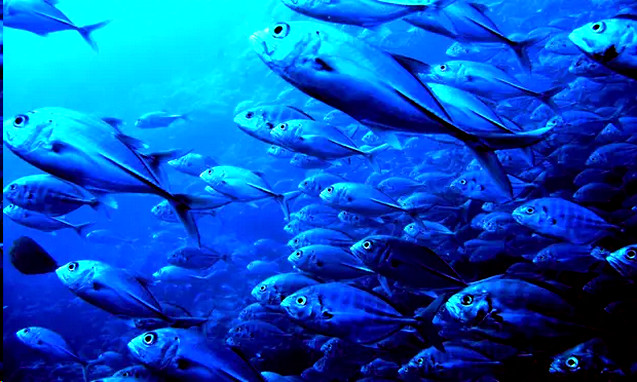An estimated 445 people were killed by exposure to bushfire smoke over the Black Summer fires, while 3340 were admitted to hospital due to heart and lung problems and 1373 people attended emergency departments due to complications to asthma.
The extra health costs associated with the premature loss of life and admissions to hospitals was estimated to be $2 billion, Professor Fay Johnston, a specialist in environmental health at the University of Tasmania, told the Royal Commission into National Natural Disaster Arrangements.
 |
| Bushfires scorched through some 12 million hectares across Australia last summer. Credit: Nick Moir |
The cost estimates did not include further costs to society such as loss of time at work or school.
 |
| A fire at Orangeville in NSW in December. Credit: Nick Moir |
"That was a major departure from anything we have seen in the previous 20 years," she said.
Nor did the estimated health impacts include the longer-term effects on individuals who would have had their stress increased or disruption to their medical treatments plans, or the impact of a lack of exercise on the community as the smoke lingered for days and weeks over cities.
Leading scientists have warned of more frequent and hotter bushfire seasons on the first day of hearings in the Royal Commission into Natural Disasters.
The royal commission also heard that natural disasters are hitting Australia so much more frequently due to the impact of climate change that survivors no longer have the benefit of a sense of safety during their recovery.
"[Disasters] are no longer perceived as rare events, they are often seen as climate change, and they're part of our new reality," Professor Lisa Gibbs, a child welfare expert with the University of Melbourne, said.
"We don't know how that is going to affect recovery because the seeds of hope… are [a] really important part of people's ability to deal with what has happened and [to] get back on track."
Some children who survived the Black Summer bushfires would have been traumatised by learning from the experience that their parents cannot always keep them safe, she said.
Links
- (AU) Fire Season Extends By Almost Four Months In Parts Of Australia
- 'Incredibly blessed': Royal commission to eye fire success and failure
- 'Unbelievable what's happening': Fire inquiry reviews 1000 submissions
- Bushfire royal commission: 'Black Summer' played out exactly as scientists predicted it would
- Bureau of Meteorology predicted the devastating "Black Summer" weather
- Ex-ESA Chief wants Bushfire Royal Commission to address climate change
- Australia's 'Black Summer' bushfires 'not a one-off event', royal commission hears
- Royal commission into bushfire crisis begins hearings with focus on impact of climate change

